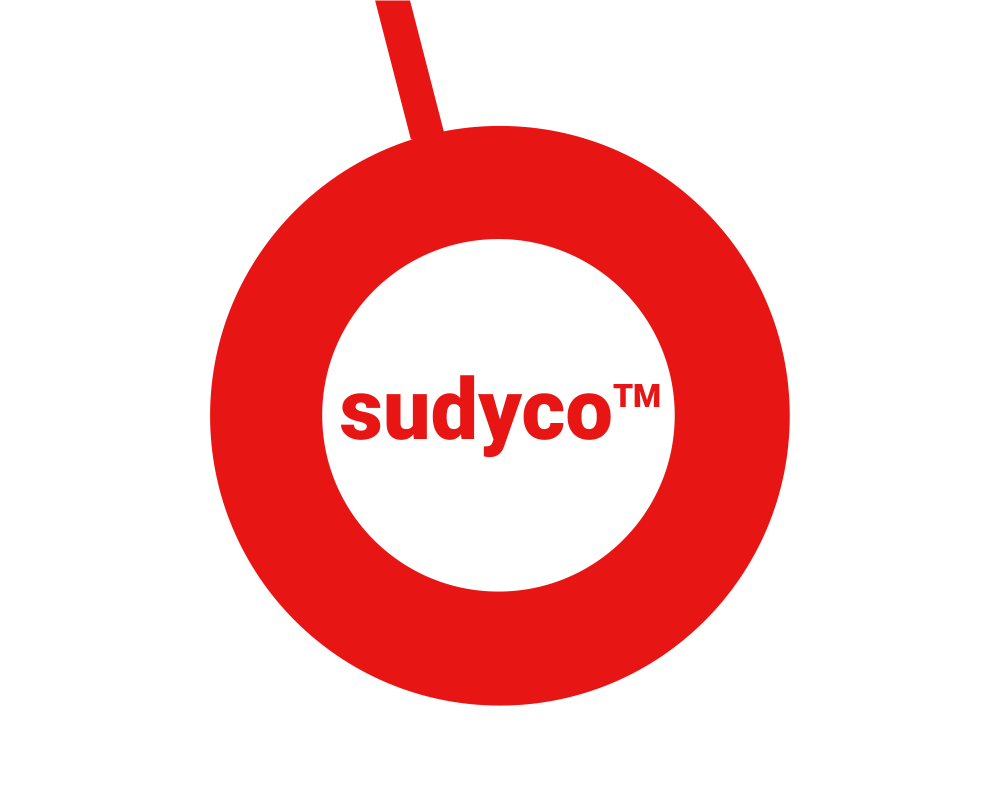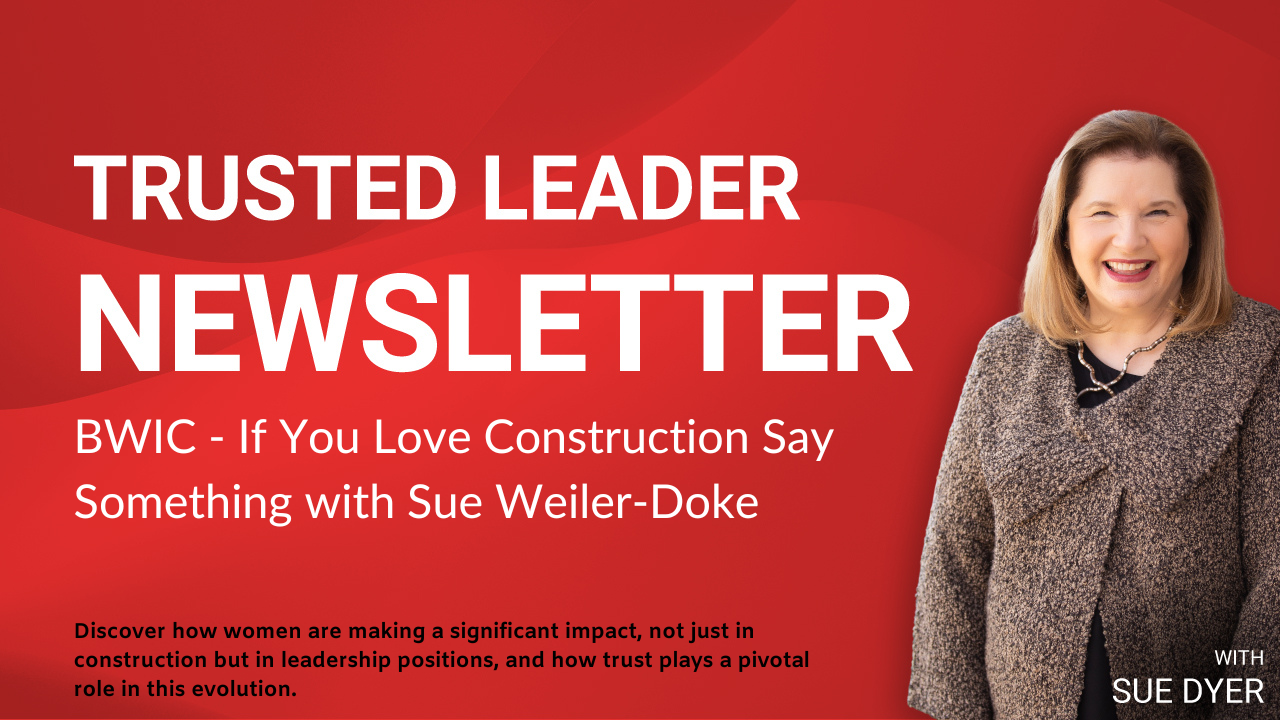Dear Construction Nation,
I once did partnering for a water district project. This was a $50 million project, and it was six months behind schedule and 30% complete when I was called. The contractor and owner had their trailers side by side on the site, but the team did not talk to each other. They spent hours each day writing and sending emails back and forth. In fact, they had the doors locked so the “other” team members could not get in. This is when the owner’s executive decided it was time to try partnering.
Two weeks before our partnering kick-off, I started my pre-partnering interviews with the team members. After some probing I found out that at the first project meeting, the contractor’s Project Manager said something that made the owner’s Construction Manger feel slighted. From that moment on communication got worse and worse. This team could not agree on anything – including the time to have a meeting, let alone how to solve the real problems they faced on their project.

At the kick-off session, I asked, “well how have things been going?” I was told that over the past two weeks leading up to the partnering kick off, things had gotten better because they completely stopped talking!!!!
This is how ALL disputes start: In your own mind when something becomes personal.
I thought it would be fun to walk you though the anatomy of a dispute then you will be more likely to see the signs if you, or your team member’s, mindset is heading that way, so you can head it off! (head off a poor mindset – yes, pun intended!)
These seven steps, based on research done by Frederic Luskin on how a dispute is made.
Step 1. Something has to happen that you don’t like.
Step 2. You must take part of this personally.
Step 3. When a negative thing happens, your body goes into a fight or flight response.
Step 4. You then begin to blame the unpleasant response you feel on someone else.
Step 5. This starts a feeling of helplessness.
Step 6. You explain/tell and retell your story, write letters, and try to get constituents, cementing our
feelings of being a victim.
Step 7. Over time we lose track of what really happened because the story is just a snapshot, not the whole picture – the dispute lives on.

Because business, and especially construction, is plagued by this “dispute” phenomenon, I knew when I was going to write a new book I had to start with Trusted Leadership – because Trusted Leadership comes from training your brain to use the Partnering Approach in your business and on your projects.
If you want to learn more about your leadership mindset, I’ve created a great free resource – the Trusted Leader Profile. Of course you can grab my Wall Street Journal, Amazon, and USA Today, Bestselling book, The Trusted Leader: Using the Partnering Approach to Become THE Leader Other People Want to Follow, wherever you buy your books (it is currently $0.99 on Kindle).
Now, back to the story I started with. After the kick-off session, the contractor’s Project Manager apologized, the owner’s Construction Manager felt “heard,” and they started working together, not against each other. The project was still way behind schedule and over budget, but the team made up a good amount time and worked to save some money. They worked together to make the project the best it could be.
To create a high trust mindset, you must drive out fear and fill your mind daily with high trust thoughts. It will be more than worth the effort!!
Have a high trust week,







